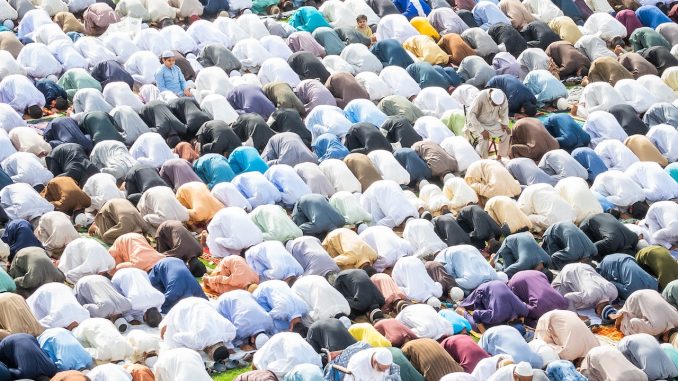
India, the second most populous country in the world, is projected to surpass China as the world’s most populous country by mid-2023, according to the latest United Nations estimates. India’s population is expected to reach 1.42 billion by then, while China’s population will be 1.41 billion, reports MSN.com.
What are the factors behind India’s population growth?
A combination of high fertility, low mortality, and a large young population drives India’s population growth. India’s total fertility rate (TFR), or the average number of children per woman, was 2.2 in 2020, above the replacement level of 2.1. India’s TFR declined significantly from 5.9 in 1950, but it is still higher than China’s TFR of 1.7 in 2020.
India’s life expectancy at birth has also improved from 37 years in 1950 to 69 years in 2020, thanks to advances in health care, sanitation, and nutrition. India’s infant mortality rate (IMR), or the number of deaths per 1,000 live births, has dropped from 165 in 1950 to 28 in 2020, while China’s IMR has fallen from 200 to 7 in the same period.
Another factor contributing to India’s population growth is its demographic dividend, or the large share of the working-age population (15-64 years) relative to the dependent population (under 15 and over 64 years). India’s working-age population was 67% of its total population in 2020, compared to China’s 64%. This means that India has more potential workers and consumers than China, which can boost its economic growth and development.
What are the challenges and opportunities of India’s population growth?
India’s population growth poses challenges and opportunities for its social and economic development. On the one hand, India faces the pressure of providing adequate food, water, energy, health care, education, housing, and employment for its growing population. India also needs to address the issues of poverty, inequality, gender discrimination, environmental degradation, and climate change that affect its population’s well-being.
On the other hand, India can leverage its population growth as a source of human capital and innovation. India’s young and diverse population can offer a competitive edge in the global market. India also has a rich cultural heritage and a vibrant democracy that can foster social cohesion and civic participation among its people.
As one of the world’s fastest-growing economies, India has the potential to become a global leader and a partner for sustainable development. As UNFPA Representative for India, Andrea Wojnar said in a statement: “The Indian survey findings suggest that population anxieties have seeped into large portions of the general public”. However, she added: “With appropriate investments in health care and education for women and girls – especially those living in poverty – India can reap significant benefits from its demographic dividend”.







Leave a Reply